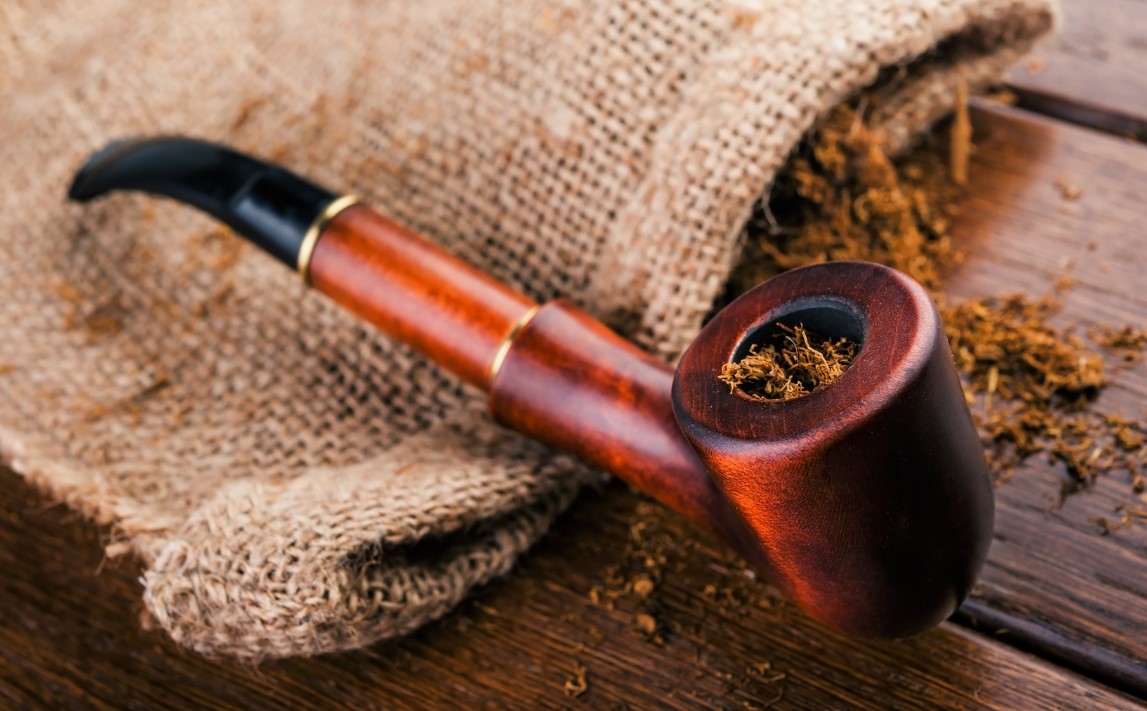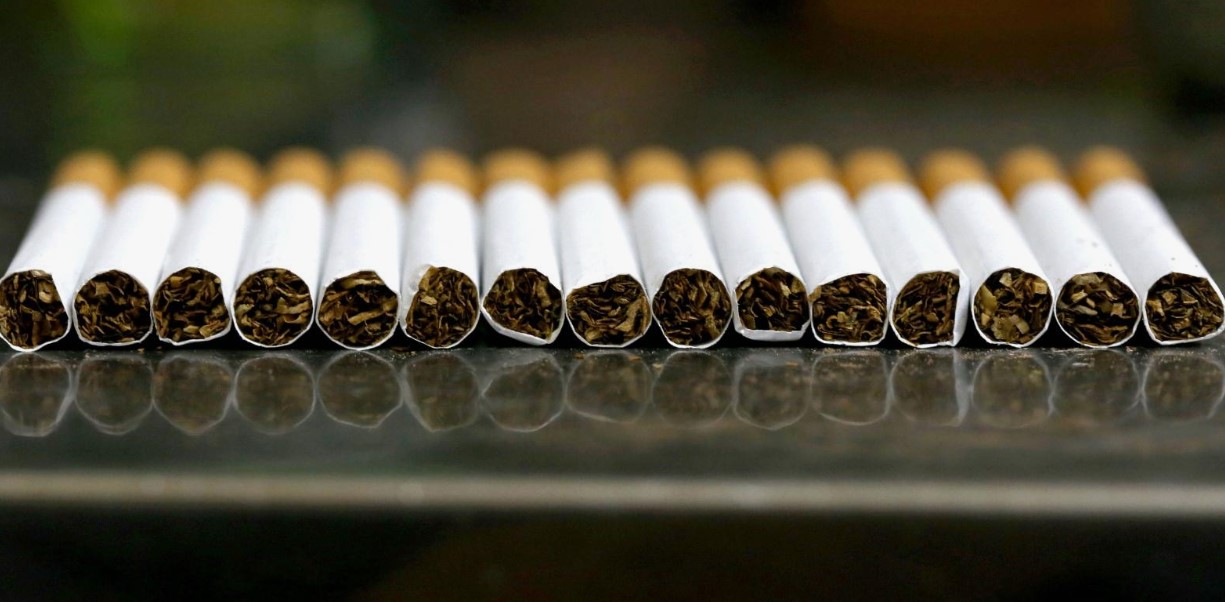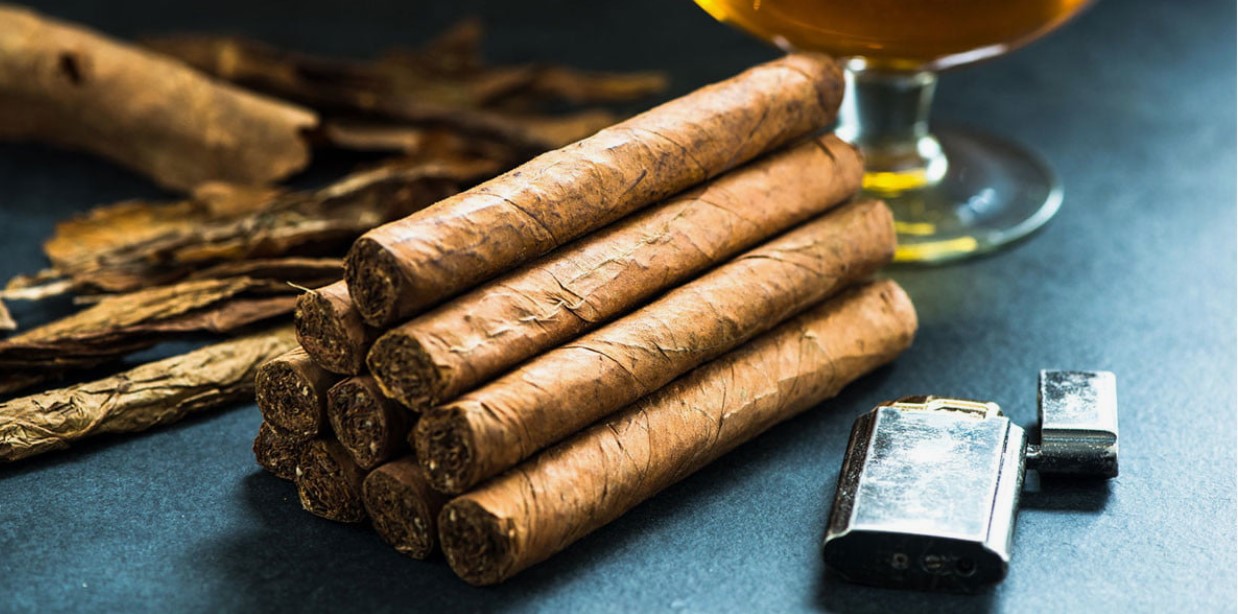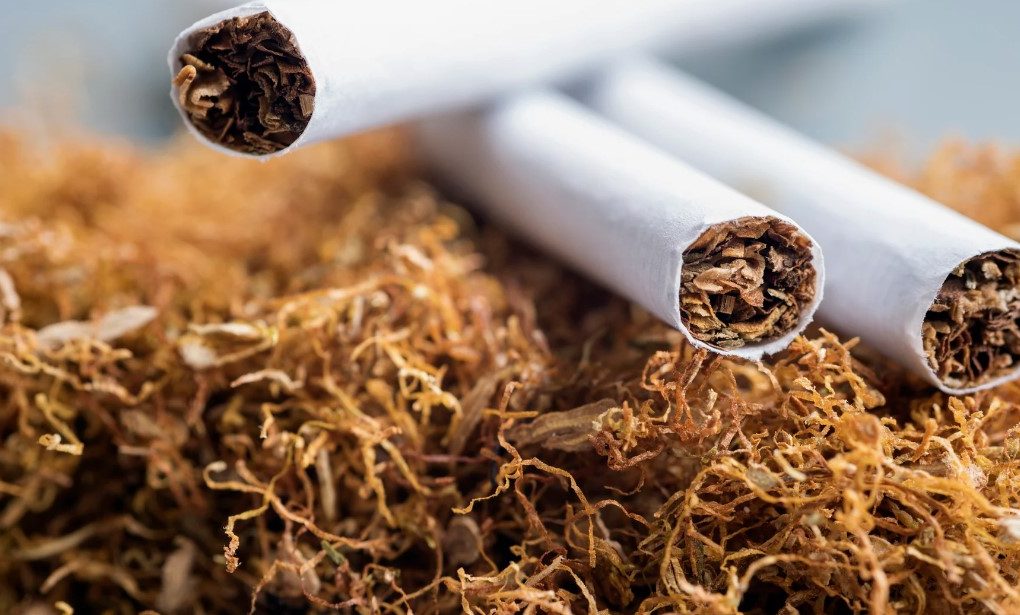Introduction to Tobacco
Tobacco is the common name for several plants of the genus Nicotiana of the nightshade family, and it is a general term for any product made from the cured leaves of these plants. More than 70 species of tobacco are known, but the main commercial crop is N. tabacum. N. tabacum is cultivated worldwide for its large leaves, which are processed into various tobacco products. Another potent variant, N. rustica, is also used in some countries. This species contains higher levels of nicotine and is often used in ceremonial contexts or for making stronger tobacco products. Dried tobacco leaves are used mainly for smoking in cigarettes, cigars, and tobacco sticks, as well as in pipes and hookahs. They can also be consumed as snuff, chewing, dipping, and snus. The versatility of tobacco and its ability to be used in multiple forms have contributed to its global popularity despite its health risks. Here’s why understanding the process would help you switch to a superior alternative for smoking e-cigarettes by iTerea.
Drying Tobacco: The Crucial Stage
Today, we’ll talk about the methods and features of drying tobacco. This process is the most important stage in preparing the tobacco leaf for subsequent processing. Smoking a green leaf saturated with moisture is almost impossible, and its flavor and aroma are significantly compromised. Proper drying is essential to develop the characteristic flavors and aromas that tobacco products are known for. What drying methods exist and what exactly they give to the tobacco leaf will be explored in this article. Understanding the drying process can help appreciate the effort and expertise in producing high-quality tobacco products.
The Phases of Tobacco Drying
Tobacco drying, according to the nature of the processes occurring, can be divided into two distinct phases. The first phase of drying, during which the leaf is preserved in a vital state, is called languishing. The second phase, during which gradual and final drying of the leaf tissue occurs, is called fixation. Each phase is crucial in determining the final quality of the tobacco.
Languishing Phase
🡪During this phase, the tobacco leaves are kept in a controlled environment where the temperature and humidity levels are carefully monitored to maintain the leaf’s vital state. This phase ensures the leaf retains its natural enzymes and chemical compounds, which are crucial for developing its flavor and aroma.
🡪The duration of this phase can vary depending on the type of tobacco and the desired end product. For example, some tobacco varieties may require longer periods in this phase to achieve the optimal balance of flavors and chemical composition. The languishing phase helps the leaves develop their characteristic colors and initial flavor profiles, setting the stage for the subsequent drying process.

Fixation Phase
🡪In this phase, the leaf’s moisture content is gradually reduced to a stable level. The leaf tissue undergoes final drying, ensuring the tobacco is preserved for long-term storage and use.
🡪This phase also stabilizes the leaf’s chemical composition, which is essential for maintaining its quality during subsequent processing. The fixation phase completes the curing process by locking in the flavors and reducing the risk of mold and spoilage. Proper fixation ensures that tobacco can be stored for extended periods without losing its quality or developing undesirable flavors.
Methods of Drying Tobacco
Solar Drying
Description
This method involves spreading the tobacco leaves in the sun. Solar drying is one of the oldest and simplest methods of curing tobacco, relying on natural sunlight to remove leaf moisture.
Duration
It typically takes several days to weeks, depending on the climate. The duration can vary depending on the intensity of the sun and ambient humidity levels.
Suitable Tobacco Types
Commonly used for oriental tobacco varieties. Oriental tobaccos are known for their small leaves and aromatic qualities, enhanced by solar drying.
Taste Profile
Produces a light, aromatic flavor. The sun’s natural heat and UV rays help develop complex flavors and a mild, sweet aroma, making this method ideal for producing high-quality oriental tobacco.
Shadow (Air) Drying
Description
Tobacco leaves are hung in well-ventilated barns to dry in the shade. This method allows for a more controlled drying process and protects the leaves from direct sunlight and excessive heat.
Duration
Usually, it takes four to eight weeks. The slower drying process helps develop a smooth, consistent flavor.
Suitable Tobacco Types
It is ideal for burley and dark air-cured tobaccos. The gradual drying process helps develop their rich, full-bodied flavors.
Taste Profile
Air-dried tobaccos result in a smooth, mild flavor with a slight sweetness. They are often used in blends that require a balanced, mellow taste.

Fire Drying
Description
Tobacco leaves are hung in barns where open fires are maintained to dry the leaves. This method uses the fire’s heat and smoke to cure the tobacco.
Duration
Takes about three to ten weeks, depending on the intensity of the fire. The duration can be adjusted to achieve the desired level of smokiness and flavor.
Suitable Tobacco Types
Commonly used for dark tobacco, including Kentucky and Perique. These robust tobaccos benefit from the intense flavors imparted by the fire-curing process.
Taste Profile
Produces a robust, smoky flavor. Fire-dried tobacco has a distinctive, bold taste that is highly prized in certain blends and smoking products.
Steam Drying
Description
This method uses steam to dry the tobacco leaves in a controlled environment. Steam drying allows for precise control over temperature and humidity levels.
Duration
Typically completed within a few days to a week. The rapid drying process helps preserve the natural flavors of tobacco.
Suitable Tobacco Types
Steam drying can be used for various tobacco types but is less common than other methods. It is often used for specific purposes where a quick, clean drying process is required.
Taste Profile
Results in a cleaner, milder flavor. Steam-dried tobaccos have a smooth, neutral taste, making them suitable for blends that require a subtle flavor profile.
Bush Drying
Description
Tobacco plants are hung on bushes or low trees to dry. This traditional method is still used in some regions for specific types of tobacco.
Duration
It usually takes a few weeks, but the duration can vary depending on the environmental conditions and the type of tobacco being dried.
Suitable Tobacco Types
Bush drying is often used for specific traditional varieties. It is commonly practiced in regions where traditional methods are preferred for their unique results.
Taste Profile
Produces a unique, natural flavor. Bush-dried tobacco has a distinctive taste that reflects the traditional curing process and the local environment.

Drying Tobacco Leaves at Home
Hanging Tobacco Leaves to Dry
Timing
Dry tobacco in the fall for best results. The cooler, drier autumn weather helps prevent mold and ensures a more consistent drying process.
Selection
Choose pale yellow leaves. Leaves that have begun to yellow are at the right stage of maturity for drying.
Setup
Find a well-ventilated drying shelter, usually a shed. Hang tobacco in bunches of 3-5 leaves. Ensure the leaves are spaced out to allow for good air circulation and drying.
Monitoring the Drying Process
Humidity
Monitor the humidity as the leaves dry. Maintaining the correct humidity level is crucial to prevent mold and ensure proper curing.
Readiness
Check the leaves to know when they are dry enough. Separate the stems from the leaves. Properly dried leaves should be pliable but not brittle, with a uniform color and texture.
Conclusion
All these drying methods are essential to tobacco production and what ultimately becomes our favorite blends. These processes have evolved gradually over the centuries, continually improving through trial and error and greater scientific understanding of the leaf. Each method produces different results and allows smokers to expand their flavor experience and find similar blends they may like, depending on how the tobacco is cured. The art and science of tobacco drying profoundly impact the final product, making it an essential aspect of tobacco cultivation and processing.

Baseball fan, hustler, guitarist, International Swiss style practitioner and front-end designer. Producing at the sweet spot between design and computer science to craft meaningful ideas that endure. Let’s design a world that’s thoughtful, considered and aesthetically pleasing. Tropical swift lover, i want to dispel all negative myths and show people that iqos is a much better alternative to smoking.

